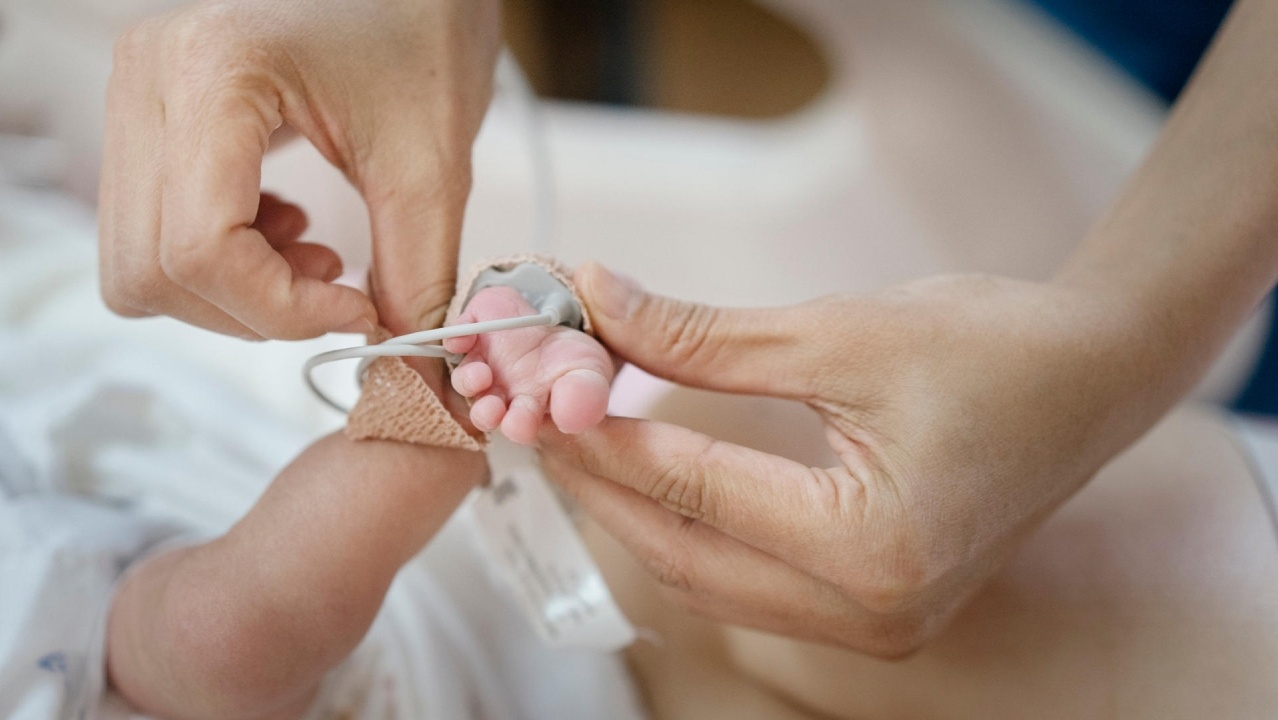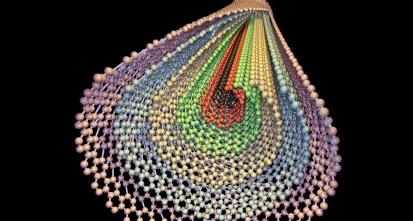Gain new perspectives for faster progress directly to your inbox.

Nanoscale materials are bridging the gap between nanotechnology and bioelectronics, paving the way for highly sensitive biosensors. These sensors are studied for numerous biomedical applications, including biomarker detection for disease diagnosis, motion detection for robotics, and human-machine interfaces. Recently, experts from the Jun Chen Lab at UCLA, Nanowear, and CAS joined together for a webinar on May 8 to highlight insights on nanoscale materials in biosensors and their innovation in health monitoring.
Discover how nanoscale materials are enabling new and expanded applications for biosensors through their unique and customizable properties by accessing the webinar recording here.
Key highlights from the webinar
Dr. Jean-Marc Pecourt started the webinar by sharing insights derived from analyzing publication data on nanosensor research from more than 250,000 patents and journal articles from the CAS Content Collection™. In this field, the data helped identify emerging trends in nanomaterials along with key nanostructures employed in nanosensors to transduce stimuli. This analysis highlighted reasons for the growing popularity of nanosensors for biomedical applications and their accelerating adoption in the environmental, agriculture, and food industries. It also demonstrated some of the challenges and opportunities in bridging the gap between exploratory research and the commercialization of novel biosensors.
Dr. Jun Chen, an assistant professor in the Department of Bioengineering at the University of California, Los Angeles, continued the discussion by sharing his experience with soft biologic sensors. He started by sharing how nanosensors can play a role in transforming healthcare with a more personalized approach to health enhancement and disease prevention. Speaking on the challenges of bioelectronic devices, such as skin perspiration, Dr. Chen introduced his research in magnetoelasticity in soft systems. He finished his talk by sharing the many uses of wearable and implantable bioelectronic devices such as pulse wave, respiration, cardiovascular, motion, and underwater haptic monitoring. One such device, a wearable glove, uses mechanical to electrical conversion to translate American Sign Language (ASL) hand movements to alphanumeric characters, allowing communication between individuals who know ASL and those who do not.
Venk Varadan, the Co-founder and CEO of Nanowear, first described the benefits of cloth-based nanosensors for daily at-home monitoring of patient cardiopulmonary functions which can replace infrequent assessments at provider offices to improve healthcare outcomes. He shared the nanomaterials and complex manufacturing processes employed for transitioning academic research into the development of the SimpleSense sensor devices. He then described how Nanowear leveraged AI/machine learning to analyze patient data recorded by the sensors. Further, he demonstrated how a subscription-based sensor data analysis system and the SimpleSense devices could reduce human error and increase consistency and monitoring frequency while lowering labor and equipment costs. Finally, while acknowledging the commercialization obstacles faced by innovators from securing large amounts of capital from investors to obtaining FDA validation in an emerging field, he also shared enthusiasm for the potential growth in new biosensor commercial applications.
To wrap up, attendees asked many questions, ranging from trends in the sources of patent and journal publications to the use of gold and silver in nanosensors for disease diagnosis and beyond.
Learn more
Download our detailed Insights Report on nanomaterials to learn more about the newest advances, research fronts, and cross-industry applications. See the recording and the associated slides from the webinar here.



